Description
What is a High Gain 4G LTE Antenna Embedded FPC Antenna?
The High Gain 4G LTE Antenna Embedded FPC Antenna Item Model CTRF-ANTENNA-FPC-7027-8021-IPEX is an internal flexible PCB antenna with GSM 3G 4G LTE antenna bands FPC antenna manufactured by C&T RF Antennas Inc.
The Flexible Circuit Boards Antenna High Gain 4G LTE Antenna Embedded FPC Antenna covers 4G LTE frequency which can cover 698MHz~960MHz, 1710MHz~2170MHz, 2500~2700MHz.
High Gain 4G LTE Antenna Embedded FPC Antenna Is Available At C&T RF Antennas Inc.
C&T RF Antennas Inc provides internal & external antennas with antenna radio frequencies such as NFC, 169MHz, 230MHz, 315MHz, 433MHz, 868MHz, 915MHz, VHF&UHF, Lora, NB-IoT, ADS-B, GSM, GNSS, GPRS, 1.2 GHz, 1.4 GHz, 1.8 GHz, Wi-Fi 2.4 GHz, 5.8 GHz, Cellular 2G, 3G, 3.5 GHz, 4G LTE, GPS, 5G NR, 6G, etc.
C&T RF Antennas Inc. provides RF antennae with Omni & Directional antenna types such as Dipole Antennas, Whip Antennas, Marine Antennas, Router Antennas, MIMO Antennas, Combo Antennas, PCB Antennas, FPC Antennas, Spring Antennas, Magnetic Antennas, Sector Antennas, Yagi Antennas, and Accessories, etc, for IoT & M2M industries.
Contact Us For the High Gain 4G LTE Antenna Embedded FPC Antenna Inventory, High Gain 4G LTE Antenna Embedded FPC Antenna Pricing, High Gain 4G LTE Antenna Embedded FPC Antenna Datasheets.
What is a 4G LTE Antenna?
Due to the increase in high-speed data transmission requirements, 4G LTE technology has dominated the mobile communication network today.
Though LTE has different band applications in different regions, C&T RF Antennas Inc provides the broadband range 700MHz ~ 2700MHz antennas to meet your needs.
Aside from mobile phones, LTE is also widely used in networking modems, smart sensors/meters, healthcare, vehicle wireless communications, and more.
Contact us for more information about LTE antennae and DR filters.
What is an FPC Antenna?
FPC: Flexible, collapsible, thin, easy to integrate.
PCB: Solid, thin, easy integration.
High gain, omnidirectional.
High Gain 4G LTE Antenna FPC Antenna Specifications
High Gain 4G LTE Antenna Embedded FPC Antenna Electrical Specifications |
|
| RF Antenna Type | Embedded FPC Antenna |
| Model | CTRF-ANTENNA-FPC-7027-8021-IPEX |
| Frequency | 700-960MHz, 1710-2700MHz |
| Gain | 4dBi/6dBi |
| VSWR | ≤1.2.0 |
| Impedance | 50 Ω |
| Polarization | Vertical/Linear |
| Cable Type | RG1.13 |
| Connector | U.FL/IPEX |
| Cable Length | 100mm |
| Lightning Protection | DC-Ground |
High Gain 4G LTE Antenna Embedded FPC Antenna Mechanical Specifications |
|
| FPC Board Dimension | 80x21mm |
| Weight | Approx. 5g |
| Material | FPCB + RG Cable + U.FL connector |
| Operation Temperature | -40˚C~+65˚C |
| Storage Temperature | -40˚C~+70˚C |
| Color | Black |
| Antenna Design | Dipole Array |
| Mounting | Connector/Peel-and-Stick |
| Safety Emission and other | RoHS Compliant |
| Applications | ISM/SCADA/Utilities, IoT/M2M/NB-IoT/LoRa, 2G 3G 4G LTE/LTE-IoT, GSM GPRS UMTS, etc. |
High Gain 4G LTE Antenna Embedded FPC Antenna Features
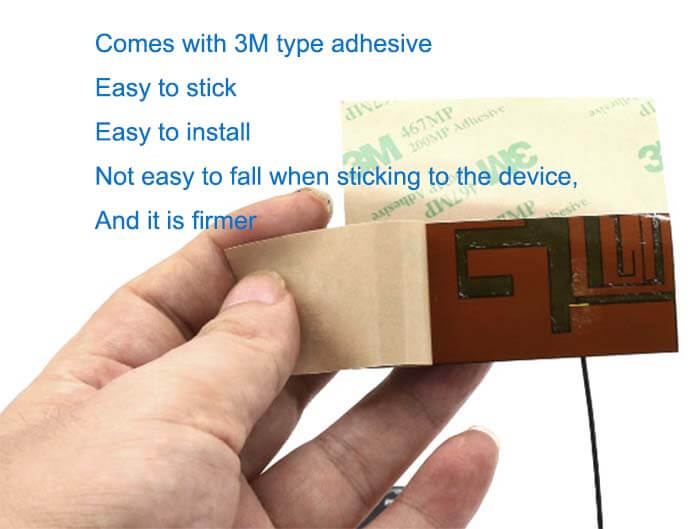
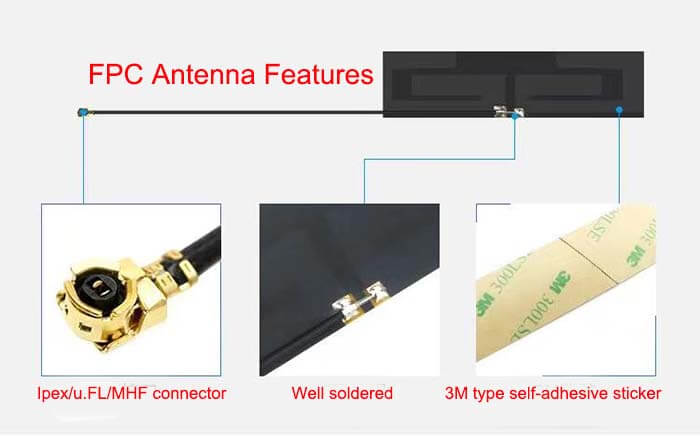

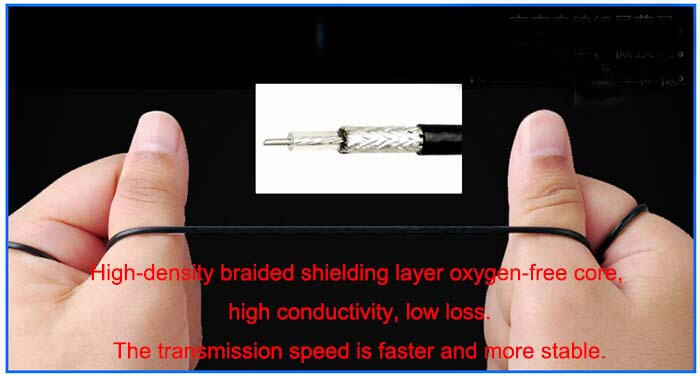

4G LTE Antenna Functions
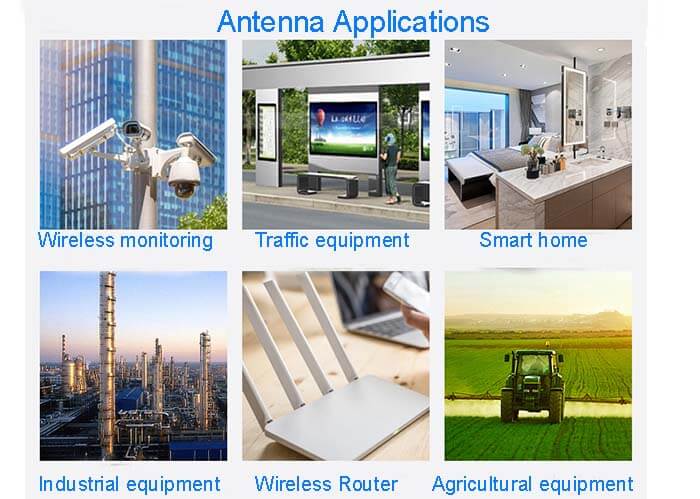
How big is LTE worldwide?
Various telephone companies have launched LTE at different times in different countries. Some European countries adopted this standard as early as 2009, while North American countries adopted this standard in 2010 and 2011.
As of this writing, South Korea has the best LTE penetration rate, with 97.5% of countries covering LTE services. The LTE penetration rate in the United States is 90.3%.
Outside the US telecommunications market, GSM is the main mobile standard, covering more than 80% of mobile phone users worldwide. Therefore, HSDPA and LTE may be the preferred wireless broadband technologies for most users.
What are the LTE’s Main features?
Compared with the old standards (such as 3G and HSPA), users can enjoy the benefits of the LTE standard. Users can see improved streaming, download, and even upload. Globally, the average download speed of LTE is 13.5 Mbps.
Therefore, mobile device operators can expect consumers to burn data faster, which may lead to overcharges for data plans. LTE can also connect consumers’ services in real time. Users can talk to others without experiencing any lag or stuttering.
The upper layer of LTE is based on TCP/IP, which may result in an all-IP network similar to the current state of wired communication. LTE supports mixed data, voice, video, and message traffic.
LTE uses OFDM (Orthogonal Frequency Division Multiplexing), and in later versions, uses MIMO (Multiple Input, Multiple Output) antenna technologies similar to that used in the IEEE 802.11n Wireless Local Area Network (WLAN) standard.
MIMO-supported receivers have a higher signal-to-noise ratio (SNR) and OFDM, which can provide better wireless network coverage and throughput, especially in densely populated urban areas.

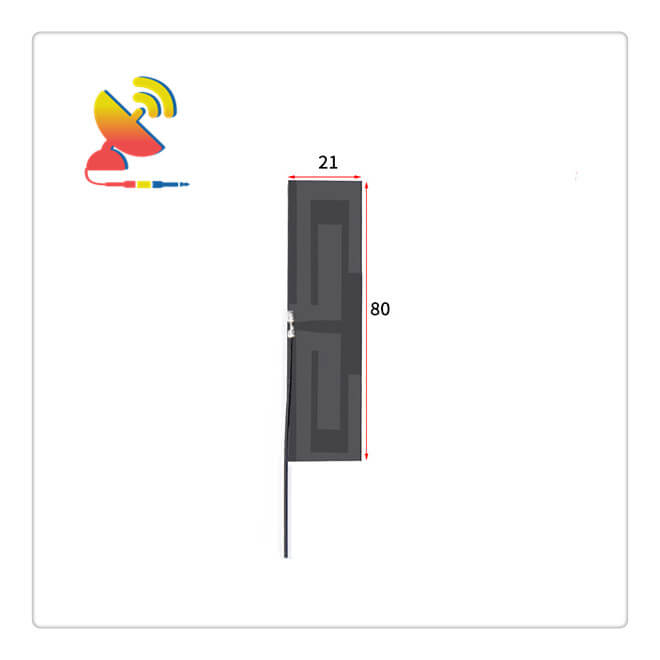
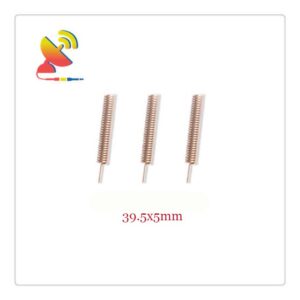
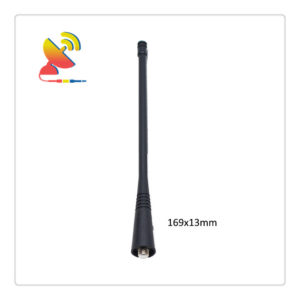
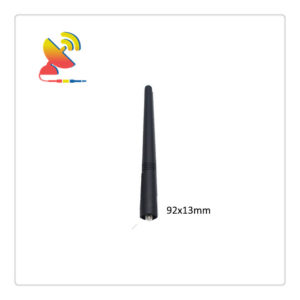
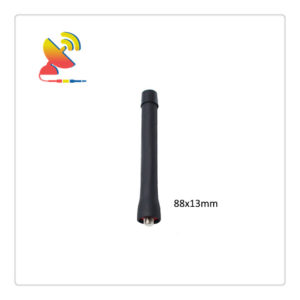
Reviews
There are no reviews yet.